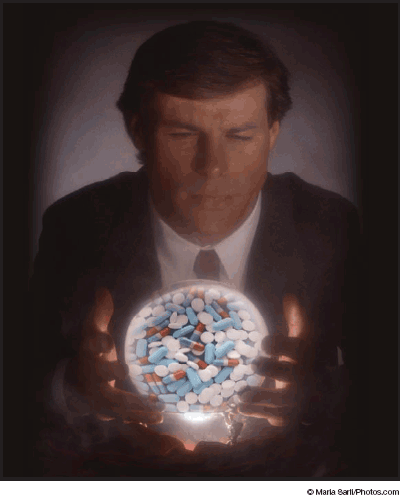Publication
Article
Psychiatric Times
Introduction: The Art of Psychopharmacology
Author(s):
This Special Report presents an important set of articles that considers controversial issues relevant to the practice of psychiatry. These articles demonstrate that what we do as practitioners is often based on incomplete evidence and/or reliance on experience and the art of psychopharmacology. There are considerable limitations to “evidence-based medicine” as applied to the issues considered and also to what can be said officially about “off-label” uses of medications. All that said, these articles represent a very interesting set of perspectives on important and, to date, unresolved problems for which our science falls quite short of giving us definitive answers.
The Art of Psychopharmacology, David S. Janowsky, MD
Hypnotics: How Effective Are They for Insomnia?, Malcolm H. Lader, MD, PhD, LLB
Antidepressants: Brand Name or Generic?, James W. Jefferson, MD
This Special Report presents an important set of articles that considers controversial issues relevant to the practice of psychiatry. These articles demonstrate that what we do as practitioners is often based on incomplete evidence and/or reliance on experience and the art of psychopharmacology. There are considerable limitations to “evidence-based medicine” as applied to the issues considered and also to what can be said officially about “off-label” uses of medications. All that said, these articles represent a very interesting set of perspectives on important and, to date, unresolved problems for which our science falls quite short of giving us definitive answers.
The section begins with Jefferson’s “Antidepressants: Brand-Name or Generic.” As noted by Jefferson, comparative, parallel-design studies have shown little to indicate that generic forms of a given antidepressant are any less efficacious than brand-name versions.
However, there is much anecdotal information indicating that some generic medications are not effective in certain individuals. Such uncommon effects, in which a generic medication is ineffective when compared with an equivalent brand-name drug, are likely to be washed out in large, comparative, parallel-design studies. As suggested by Jefferson, studies of generic equivalent nonresponse that employ a crossover design are

indicated to determine whether there is an advantage to a given brand-name medication in specific individuals. Such a study design might well apply in determining general comparative efficacy between generic and brand-name medications as well.
In his article on hypnotics, Lader reviews the effectiveness of some of the longer-acting anti-insomnia medications. Many reviews suggest that short-term use of anti-insomnia medications is indicated for patients who have trouble sleeping. However, it is at least possible that anti-insomnia effects may persist in many patients beyond the short term. Thus, more studies of continued efficacy with long-term use are certainly indicated.
Conversely, I have observed that once a person takes a benzodiazepine or one of the newer anti-insomnia agents for a long period, it is rare that these agents can be withdrawn successfully. My experience has been that the newer anti-insomnia medications are generally well tolerated, even by the elderly in most cases, and that patients find them helpful and that their use does not lead to overuse. A purist approach (in which the practitioner insists on not prescribing anti-insomnia medications) usually leads to the patient going elsewhere to get what he or she wants. This, of course, does not negate the fact that some patients report adverse effects with the newer anti-insomnia drugs as they did and still do with the older long- and short-acting benzodiazepines.
Finally, Muzina and Sajatovic address the complexities associated with the extremely important issue of treatment adherence. Comparing adherence outcomes between the typical and atypical antipsychotics, the authors review conflicting literature. They also review evidence on whether psychotropic polypharmacy increases or decreases adherence in bipolar patients. Their reading of the existing studies suggests that the data do not support a consistent position about whether therapy helps or hinders adherence.
This Special Report on psychopharmacology represents a welcome addition to many existing reviews, which imply certainty where little certainty exists. These articles explore what is known with a refreshing uncertainty, yet they offer guidance in very murky areas.
Newsletter
Receive trusted psychiatric news, expert analysis, and clinical insights — subscribe today to support your practice and your patients.






